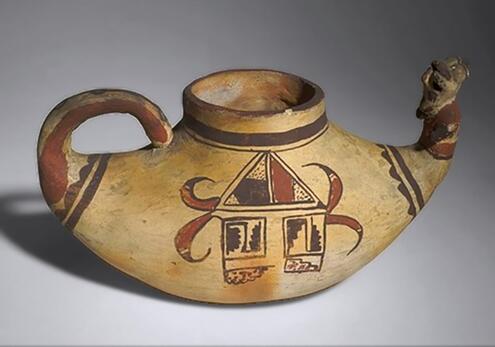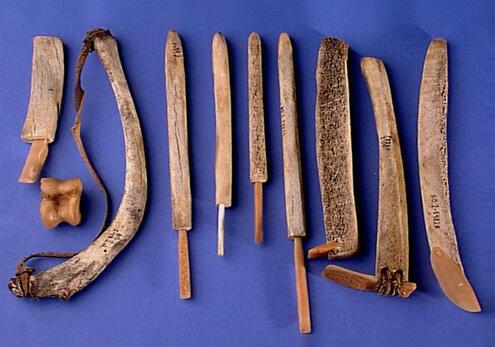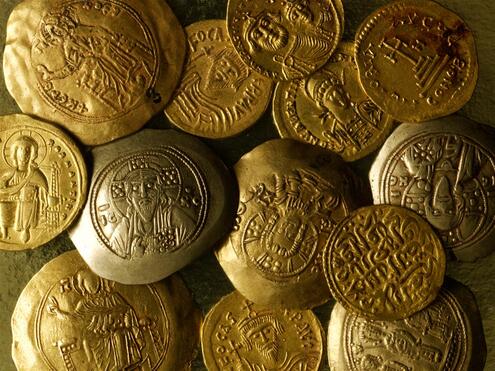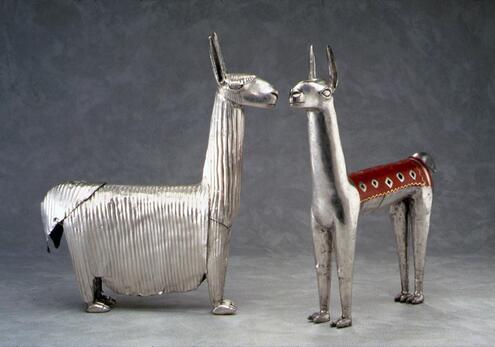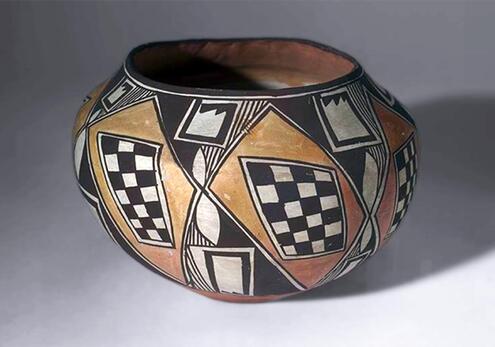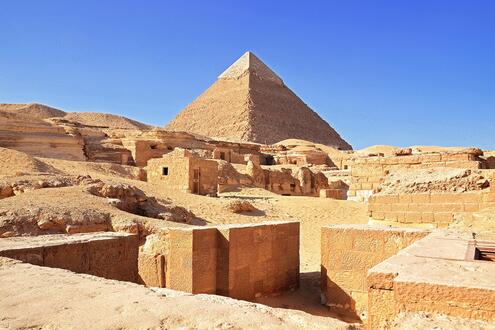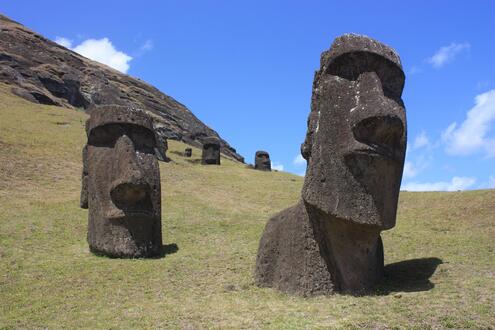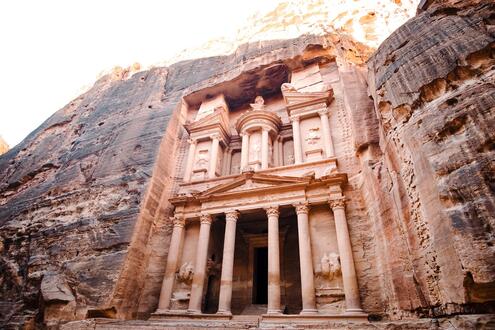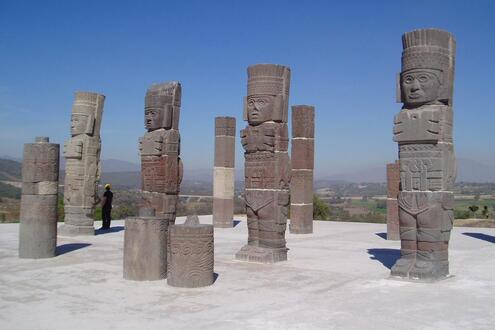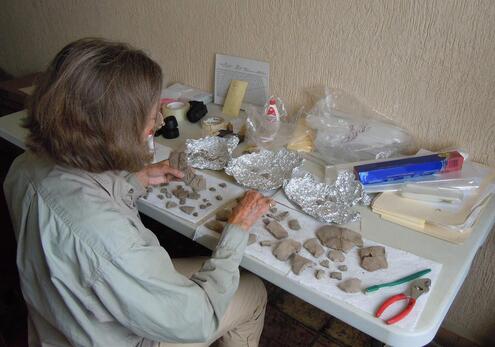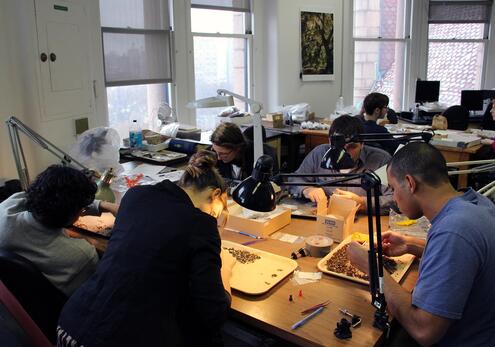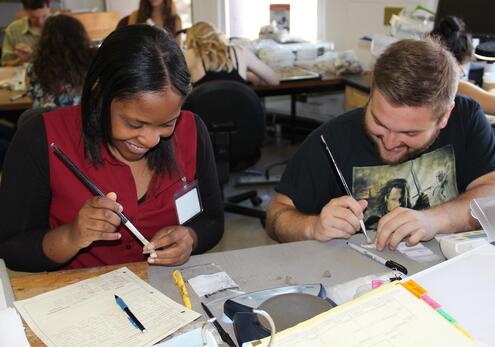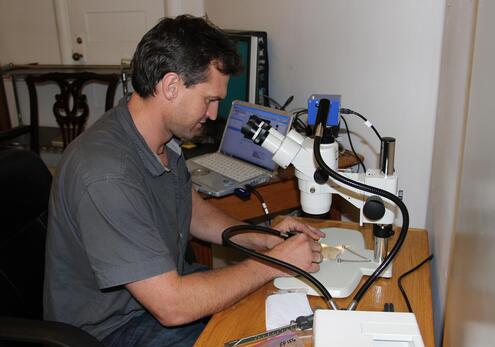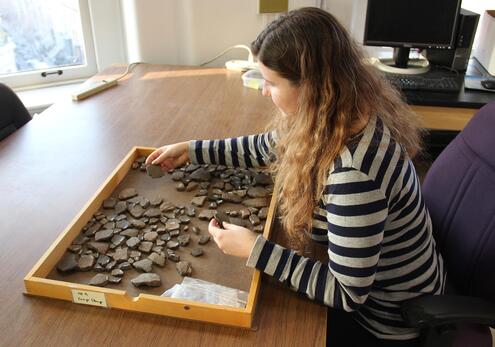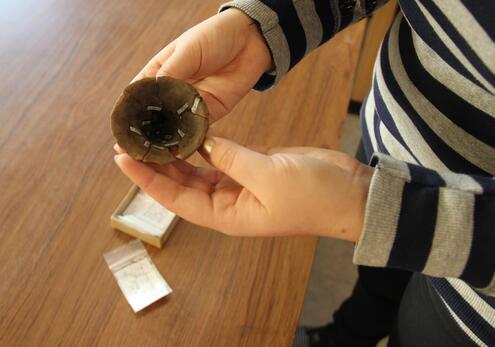BIG IDEAS
What is Archaeology?
Archaeology is the study of people and artifacts from ancient times

1. Piecing Together the Puzzle of History
How do we know about people who lived in ancient times? If people didn’t leave behind any written records, how do we know what gods they worshiped, what food they ate, or what clothes they wore?
One of the ways we know about people who lived long ago is through archaeology : the study of past life through what’s been left behind.
An archaeologist might find a pot, a grave, or the remains of a building. Each discovery is like a piece of a puzzle. The archaeologist works to put these pieces together to create a picture of what life was like long ago.
2. Clues to the Past
Anthropologists study people and cultures, both in the past and in the present. Archaeology is a special branch of anthropology that focuses on the past.
Like all scientists, archaeologists start with a question they want to explore, such as “Why was this ancient city abandoned?” Then, they gather evidence by digging in the field. Back in the lab, they analyze their evidence. Finally, they share their results with others.
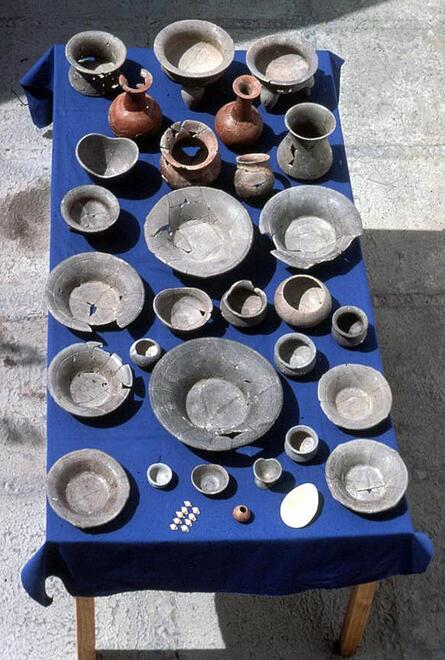
Pieces of pottery are the most common artifacts found on a site. Every new piece of evidence provides more clues.
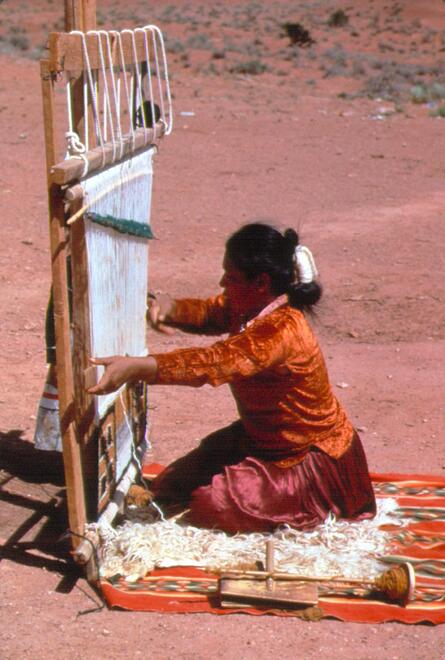
Local people can provide insight into understanding past cultures.
3. Fieldwork is Where They Dig In
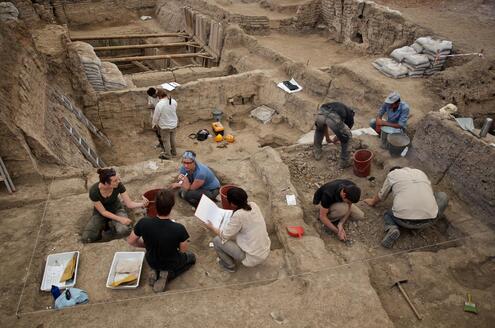
An excavation takes a whole team.
It’s not easy finding the remains of an ancient culture. As years pass, buildings and artifacts get buried under dirt, rubble, or even other settlements. Archaeologists have to dig underground to find these remains. But finding the right place, or “site,” to dig is the first challenge.
Archaeologists don’t just dig anywhere. They look for a site they think will help answer their questions about the people or time they are studying.
This takes a lot of planning and research. Before digging begins, archaeologists survey the site, and then create a map of it to help them decide where to dig.
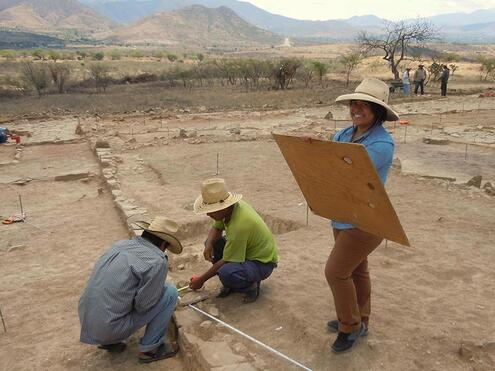
Archaeologists conduct a survey of a site before digging in.
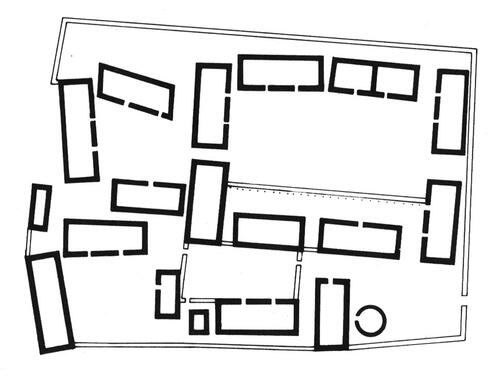
Map of a site.
4. Evidence of an Era
There are many kinds of evidence that teach us about the past: majestic pyramids, the ruins of an ancient city, pieces of pottery, even a simple trash pit.
Every piece of evidence has one thing in common—it’s lasted a long time.
Most things from the past, like fabric, wood, and food, decay over time. Things made of clay, metal, and stone survive much longer. What survives also depends on the environment. In a rain forest, a wooden spear would rot and decay. But in a desert, the same spear might be preserved by the dry air.
5. Recording the Remains
When a site is excavated , it is also destroyed. That’s why it’s so important to keep accurate, detailed records of everything on a site.
When archaeologists dig, they create a grid to keep track of where they find things. They also draw pictures and take photographs of everything they find.
All this information helps archaeologists re-create a picture of the site later. These records will be shared with other scientists interested in that site. They’re also left for future generations of scientists, like you!
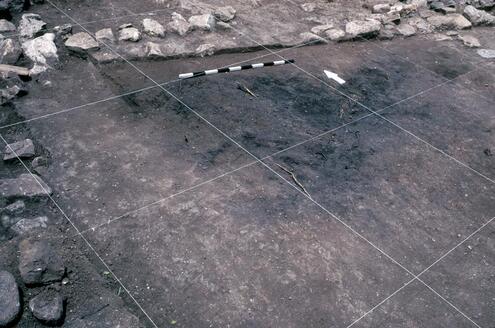
Grids help mark the location of an object compared to the other things around it.
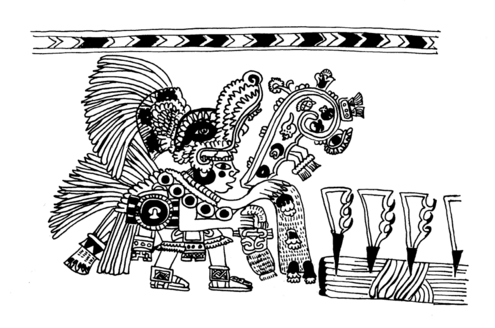
Archaeologists often draw what they find at a site.
6. Making Discoveries in the Lab
When archaeologists complete an excavation, work in the lab begins. This is where they analyze their findings by carefully measuring, weighing, drawing, and comparing. They try to answer questions about when it was made and how it was used. They can learn even more by looking at objects found together as a group.
Archaeologists publish what they’ve learned in books and articles. They might support or challenge other theories. Most importantly, they’re bringing new ideas to the debate. And that’s what science is all about!
7. Into the Collections
Many places, like the American Museum of Natural History, collect artifacts from around the world. The artifacts on display at the Museum are only a fraction of these huge collections. Rows of cabinets are filled with thousands of artifacts, like bowls, tools, masks, and textiles.
Scientists use the collections like a library. They come to observe objects for their own research.
These collections give people a chance to see artifacts from faraway places and ancient cultures that disappeared long ago.
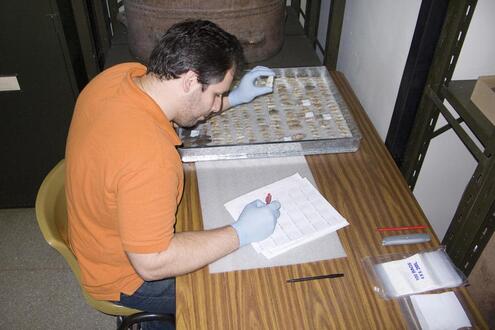
At the Museum, each artifact has a number and description so it can be easily found.
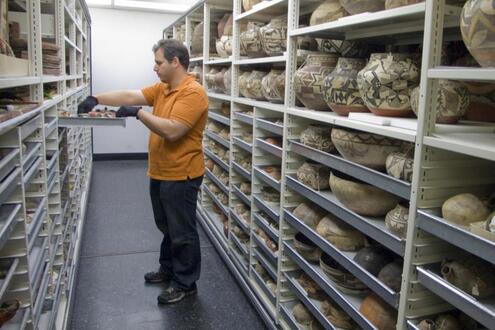
A collections manager keeps the artifacts organized.





 Biodiversity
Biodiversity
 Brain
Brain
 Genetics
Genetics
 Marine BiOLogy
Marine BiOLogy
 MicrobiOLogy
MicrobiOLogy
 PaleontOLogy
PaleontOLogy
 ZoOLogy
ZoOLogy
 AnthropOLogy
AnthropOLogy
 ArchaeOLogy
ArchaeOLogy
 Astronomy
Astronomy
 Climate Change
Climate Change
 Earth
Earth
 Physics
Physics
 Water
Water

